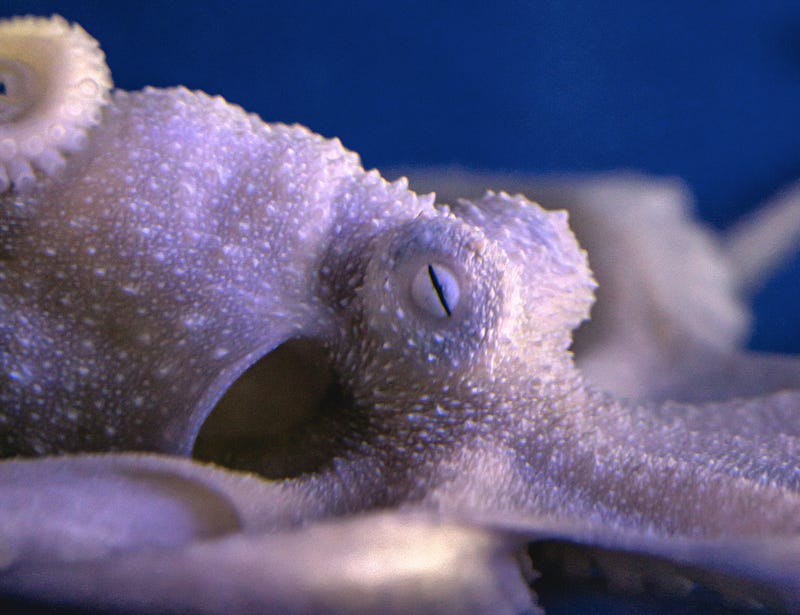Unraveling the Secrets of the Octopus Brain: A New Study
Written on
Chapter 1: The Unique Physiology of the Octopus
Envision possessing eight delicate, semi-autonomous limbs. Picture existing without a rigid skeleton, able to alter your shape by manipulating your internal fluids. Imagine your transient thoughts—both conscious and subconscious—manifesting as colors and patterns on your skin.
In essence, you would be an octopus.
This scenario is difficult to comprehend because octopuses and other cephalopods are fundamentally different from humans. Nevertheless, they rank high on the intelligence scale among animals. Octopuses exhibit remarkable learning capabilities and adeptness in using tools. They are also profound thinkers and enigmatic dreamers. Intriguingly, these eight-limbed creatures excel in RNA editing. The conventional sequence of molecular biology is DNA to RNA to protein. By modifying RNA, octopuses unlock a plethora of possibilities. Over 60% of their RNA transcripts linked to the nervous system undergo editing, a stark contrast to fewer than 1% in humans.
Despite their intelligence, octopus brains differ significantly from those of other intelligent species, including primates, corvids, and cetaceans. Their brain structure is more decentralized, with approximately two-thirds of their neurons located in their arms. Unlike humans, octopuses lack a 'somatotopic map' that correlates specific body areas with corresponding brain regions. Instead, the stimulation and governance of various body parts are dispersed throughout extensive sections of their nervous systems.

Chapter 2: Insights from Recent Research
While we have a fairly good understanding of the octopus brain's general shape and structure, the specific cell types it contains remain largely enigmatic. A recent study has begun to shed light on this mystery by providing a detailed map of the octopus brain.
Researchers utilized single-cell RNA sequencing to analyze individual cells and determine which genes are active, enabling them to construct this map. Their findings revealed an impressive array of brain cell types.
By examining variations in nuclear size and anatomical positions through classical Golgi staining, the scientists identified 116 distinct cellular phenotypes. This indicates at least 116 different cell types within the adult octopus brain, highlighting a surprising variety of neuronal cell types. Many of these cells were relatively uncommon, but the vertical lobe cells showed a higher concentration of genes linked to learning and memory.
The ongoing question remains whether larger nervous systems correspond to a greater variety of cell types or merely an increased number of cells within existing types. An augmented number of certain cell types could enhance the brain's computational capabilities, potentially elucidating the advanced cognitive functions of octopuses.
In the video "Untangling the Mysteries of the Octopus," experts explore the complexities of octopus intelligence, revealing their unique adaptations and abilities.
The second video, "Monster Brain: The Mysterious Lives Of Octopuses," takes a closer look at how these creatures navigate their environments and interact with their surroundings.
The enigma of the octopus continues to captivate researchers and enthusiasts alike...